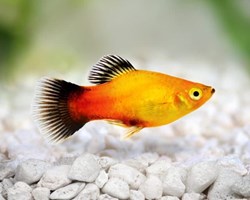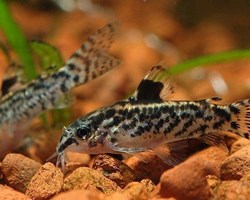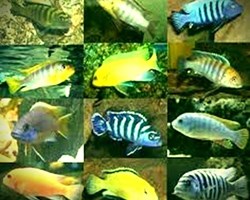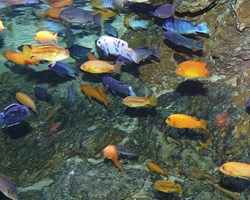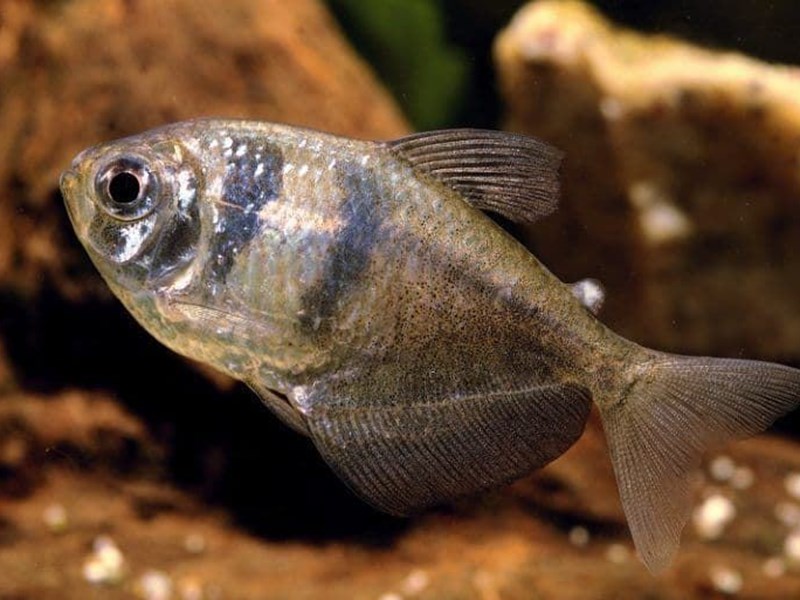
FROM GLU GLU PET WE GUIDE YOU TO THE BEST CARE OF YOUR TETRA NUN.
Scientific name: Gymnocorymbus ternetzi
Common name: Nun fish, nun fish, black tetra, black widow.
Aquarium size: 40 to 80 liters
Temperament: Peaceful, quick and alert
Temperature: Between 20º and 26ºC
pH: Neutral, 7
Diet: Omnivores
Length: Males up to 7.5 cm. and the females only 5 cms.
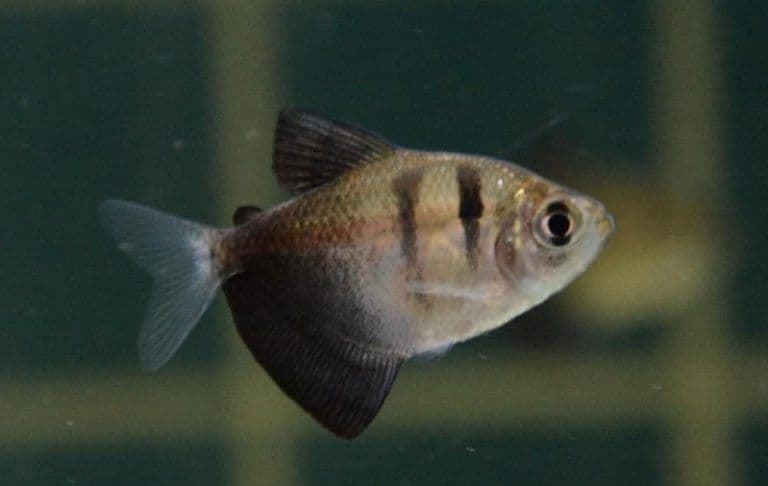
The Gymnocorymbus ternetzi fish, better known as nun fish, is a specimen from the Characidae (Characins) family.
This animal is highly sought after by those interested in aquariums, as it has an attractive coloration, adapts well to different environments and does not require a very specific pH.
It is a very suitable fish to live in an Amazon-type community aquarium, where ideally a school should be introduced, which will move quickly and agilely, generating a great visual appeal.
It has an elevated body shape that thickens in the middle, but at the same time, compresses on the sides.
Its eyes are very large, the mouth is positioned downwards and it is small.
It has a short bilobed caudal fin, and the anal fin is long and very large, totally different from the rest of the body.
This fin is of the adipose type, through different crossings and selection of specimens, they have evolved to varieties with other types of fins that are even longer and darker in color.
The Gymnocorymbus ternetzi has a special color, since it is not a single color, but rather fades into various shades.
As a background it has a gray color that remains until the middle, you can see two vertical black stripes, one just behind the eyes and they have another even wider stripe in the center of the body, which sometimes also appears in the dorsal fin.
Due to its great popularity in the market, the color of the fantasy nun fish has been altered thanks to artificial genetic selection that is done in many laboratories.
There are groups of blue, gold, albino and semi-albino nun fish.
The problem with this class of animals is that genetic modification can alter their life expectancy, since they can cause different types of diseases, it is always better to resort to what comes from nature.
The sexual dimorphism in the male and female nunfish can be seen in that the fin of the male is wider at the bottom, very different from that of the female, which is more pointed.
The female sex can also be larger and thicker compared to the male.
FOR BETTER CARE YOU HAVE TO KNOW HOW THEY LIVE AND WHAT THEY LIKE TO DO INSIDE THE AQUARIUM.
This animal exists in areas that have really abundant and jungle vegetation, so it is normal to see them in places such as basins, rivers and sides: Bolivia, Peru, Brazil, Paraguay and Argentina), in the Mato Grosso area and in the rivers Guaporé, Matos, Negro and Paraguay.
It inhabits areas with abundant vegetation, calm waters and diffuse lighting, including lakes, basins and lagoons.
The most important thing for them is that it be a dark place, where lighting does not penetrate as much and they can hide efficiently, which is why their color plays such an essential role in their survival.
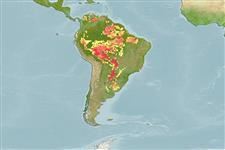
THE CONDITIONS OF THE AQUARIUMS ARE THE MOST SIMILAR TO THEIR NATURAL HABITAT:
If you want to have a nun fish in your home, you should be informed, since these animals need a good aquarium with a capacity of up to 80 liters, where they can feel comfortable, just like in their natural habitat.
What you should consider when buying the aquarium is the following: do not put many aquatic plants, choose dark colors for the substrate and, if you want them to adapt faster to the environment, purchase an aquarium filter with moderate power so that it resembles to a stream of water.
You must also make sure that the lighting in the aquarium is not too intense.
To create the perfect aquarium for nun fish, the quality of the water has to move within the following parameters:
- The hardness of the water must be between 3° and 10° gH.
- pH of the aquarium, between 6 and 8.
- Water temperature that oscillates between 20° and 26° C.
For these fish to feel comfortable in captivity, they need to be in facilities that have a minimum capacity of eighty liters of filtered fresh water, this is motivated by the fact that they are active swimmers.
These tanks must be covered properly, because nun fish are jumpers.
It is also recommended that twisted roots, river sand and a filter that simulates a moderate water current be placed.
The lighting should not be too intense and the substrate should be dark in color.
Although it is usually a healthy species, they are vulnerable to changes in temperature and suffer from skin conditions due to parasites and bacteria.
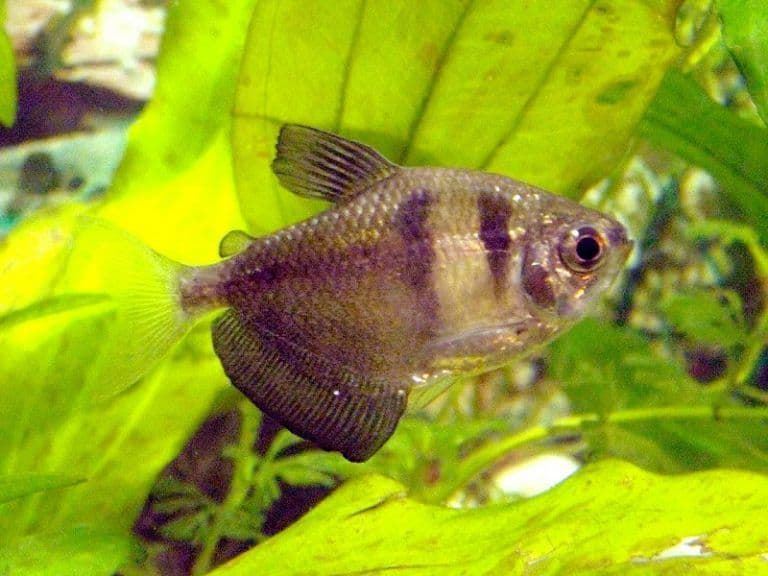
WHAT IS THE BEST NUTRITION FOR YOUR TETRA MONJITA FISH:
This is a very important and interesting topic, since this type of fish may not eat the same in freedom, as in its life inside the aquarium.
Easily adapts to all kinds of feeding options.
Thanks to its omnivorous condition, it eats from worms, crustaceans or live insects and at the same time, you can feed it at home with fish food that is frozen, granules or freeze-dried.
They are omnivorous fish, they feed on both plants and animals.
Although it can not eat the same in the wild as in captivity, it adapts to all types of diet.
It is recommended to mix live food (worms, insects, crustaceans) with fish food (frozen, in flakes or granules, among others).
Similarly, it is recommended to feed them once a day with enough to satisfy them.
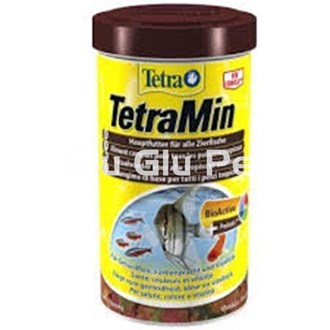
TO KNOW WHICH IS THE BEST CARE, YOU HAVE TO KNOW WHAT IS ITS BEHAVIOR AND COMPATIBILITY:
Many people consider nuns to be friendly and pretty, and this fish is really fast and alert.
You have to create an environment where he doesn't feel threatened as otherwise he can behave nervously, but that is achieved with a subdued level of darkness and an aquarium filter that can create currents.
When a nun fish does not feel well in an aquarium, it shows it by staying still, blending in with the environment and hiding in the vegetation.
If you want to keep him company, you can also do so by creating a school of between 8 or 10 specimens of his kind.
They like to be in a group, they play chase and they don't hurt each other, so you won't have to worry about anything.
With age they tend to be calmer and less active than in their most youthful stage.
They are usually not aggressive, except with long-finned fish, which they usually chase around the aquarium.
It is not advisable to mix with Guppies or Escalares, it is best to mix them with other Tetra fish.
Compatible fish without restrictions:
- Goldfish.
- Corydoras.
- Cherry Barbel.
- Tiger Barb.
- Ax Fish.
- Mollies.
- Guppy Endler.
- Kribensis.
- Apple Snail.
- Betta fish.
- Telescope fish.
- Chinese neon.
- Ramirezi.
- Harlequin fish.
- Otocinclus.
- Botia Clown.
- Rasbora Galaxy.
- Angel fish.
- Platy fish.
- Ancistrus.
- Drunk Tetra.
- Tetra Neon.
- Boraras Brittae.
- Guppies.
- Silver Dollar.
- Zebra fish.
Fish compatible with restrictions with territorial problems:
- Pearl Gourami.
- Eat Siamese algae.
- Killi.
IN CAPTIVITY IT IS VERY EASY TO REPRODUCT THE TETRA MONJITA FISH BY FOLLOWING THESE TIPS:
The courtship of the male begins by tirelessly chasing the females, until at a certain moment he gives "a little bump" and at that moment the female expels a certain number of eggs that are in turn fertilized by the male.
They can lay between 300 and 400 eggs, with the first hours of the day.
It is for this reason that breeding aquariums should be about 50 liters.
The eggs can take between 18 to 26 hours to hatch and, once they hatch, you should feed the fry for the first time with infusoria and, when the time has passed, you can try artemia nauplii. It is always important to monitor and see how they develop
During courtship, male will swim around female with fins outstretched, in a circle or zig-zag.
The laying, which usually takes place next to the surface of the water, usually ranges between 300 and 400 eggs, although the number can vary based on the diet, genetics or age of the parents, and can even reach a thousand eggs, which the male will fertilize.
The eggs turn cream-colored once fertilized.
After spawning, it is advisable to remove the parents to prevent them from eating the eggs or fry, since the probability of this happening is very high.
In case of not having another tank to move the parents, we can put marbles in the bottom or a net to prevent their access to the eggs.
Eggs and fry do not withstand transfers well, hence the importance of a large enough breeding urn.
The larvae hatch after 18-26 hours, at about 26ºC, and once they have consumed the yolk sac, it will take three or four days to do so, since it is very large, they must be fed with infusoria first and with artemia nauplii later.
The sensitivity of the fry to light is very great during the first week, so it is recommended to keep them in semi-darkness, uncovering the crystals gradually and progressively.
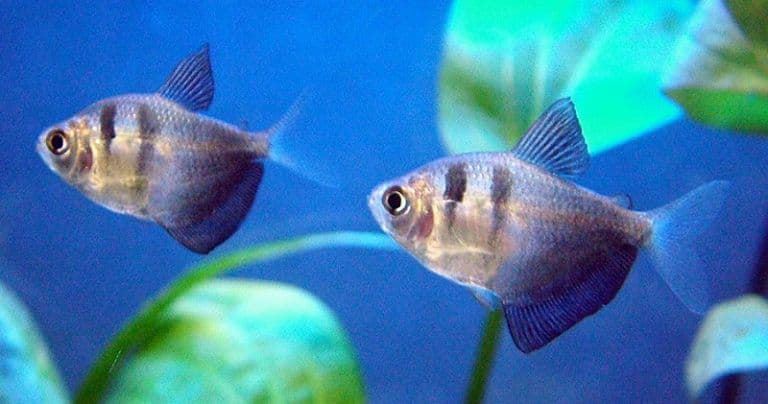
Other articles that may interest you:
- Diseases of the Drunken Fish.
- Varieties of the Pez Borrachito.
- The Lemon Tetra is one of the most beautiful fish for a community aquarium.
- Chinese neon or White Cloud Mountain fish, named for its place of origin in southern China.
- Black neon tetra.
- Neon Tetra or Neon Innesi, is a warm and fresh water fish.
- drunk fish.
- Aquarium maintenance.
- What do you need to have your first aquarium.
- The best tropical freshwater fish recommended for beginners.
- The best aquarium plants for beginners that you should know.
- The best plants for cold water aquariums.
- The best groundcover plants for your aquarium.
- The best substrates for a planted aquarium.
- Aquascaping for beginners.

